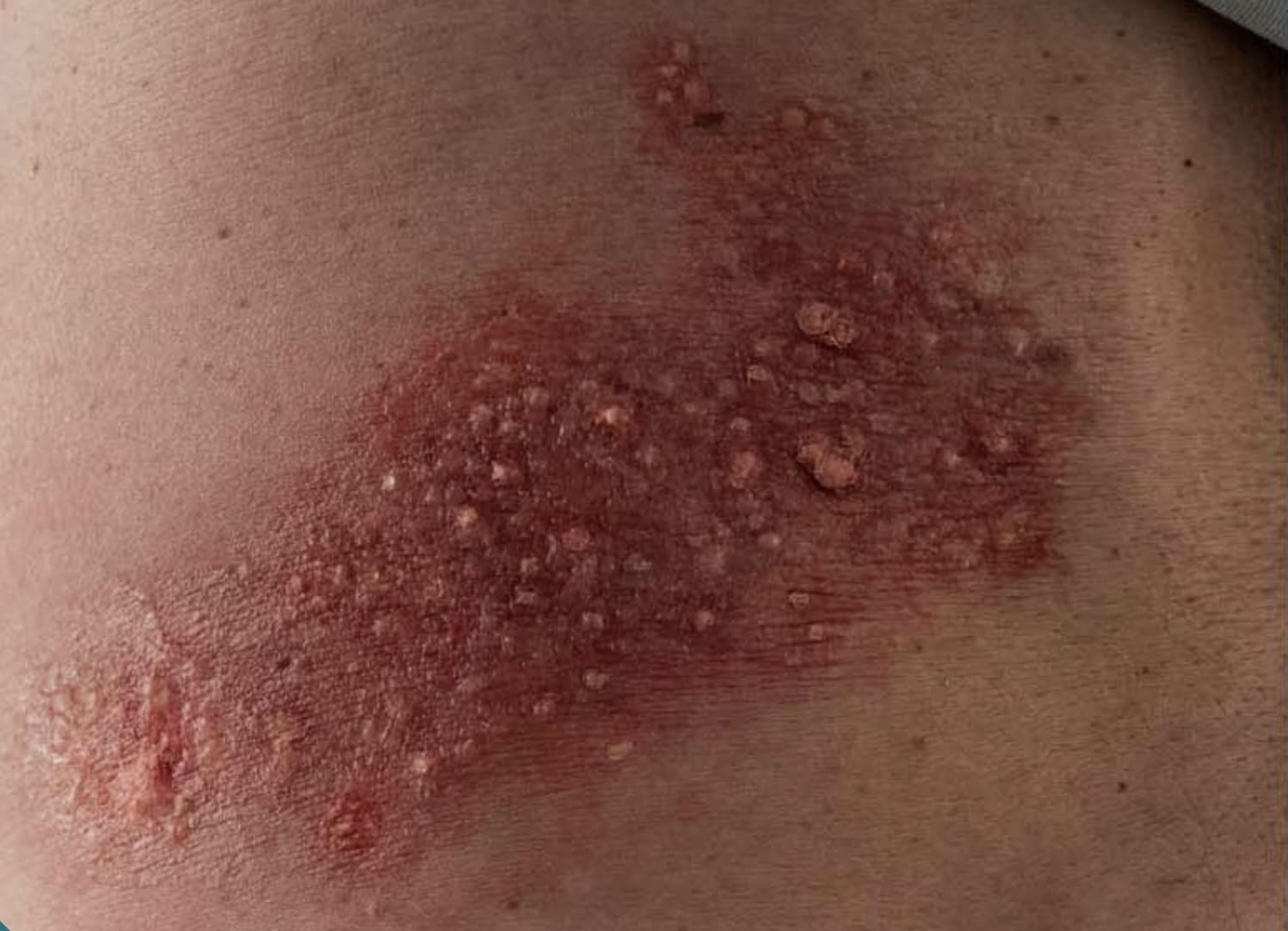Many of us think of chickenpox as a childhood illness — a harmless rite of passage that fades into memory once the itchy blisters heal. However, what most people don’t realize is that the virus behind chickenpox, thevaricella-zoster virus (VZV), never really leaves the body. Instead, it lies dormant in the nervous system foryears, only to reawaken later in life as a painful and potentially debilitating condition known as shingles.
Shingles, or “kulebra” as it’s locally known, is a viral infection that can cause severe discomfort. It’s the same virus that caused your chickenpox but reawakens when your immune system is weakened.
In a radio interview, Family Medicine and Geriatrics Expert Dr. Cheridine Oro-Josef, likened the pain of shingles to “a dormant volcano suddenly coming to life.“3 She emphasized that the most challenging symptom isn’t the rash itself, but rather the nerve pain known as postherpetic neuralgia4 or long-term nerve pain. Herpatients often described this pain as “barbed wires” piercing the skin, which can linger for months or even years after the rash has healed.
“When it develops there, it can be extremely painful because it affects the nerves. Our sensations come from ournerves, so if they are inflamed or affected, the pain can be really intense,” Dr. Oro-Josef said.

Shingles primarily affects older adults, particularly those over 50,2 as well as individuals with weakened immune systems due to conditions such as asthma, coronary heart disease, chronic obstructive pulmonary disease, depression, or rheumatoid arthritis.5 In fact, about 24 percent of adults aged 50 to 59—around 2 million Filipinos—are at risk of developing shingles.6
Spotting the signs
Shingles often starts with signs that are easy to miss. You might feel itching, tingling, or a burning sensation onone side of your body.4 This early feeling can seem like a minor skin irritation but is actually a warning of more noticeable symptoms to come.

As shingles progresses, a painful rash usually appears. It begins with a few red spots or small blisters thatquickly turn into clusters of fluid-filled blisters, which then crust over. In addition to the rash, shingles can causesharp, shooting pain that can last for more than 10 days.4 You might also experience fever, headaches, sensitivity to light, and fatigue.2
Dr. Oro-Josef noted that since the VZV can spread through direct contact with fluid from shingles blisters or through airborne particles if the blisters burst, individuals with shingles should isolate themselves. This helps prevent spreading the virus, especially to those who haven’t had chickenpox or been vaccinated.




